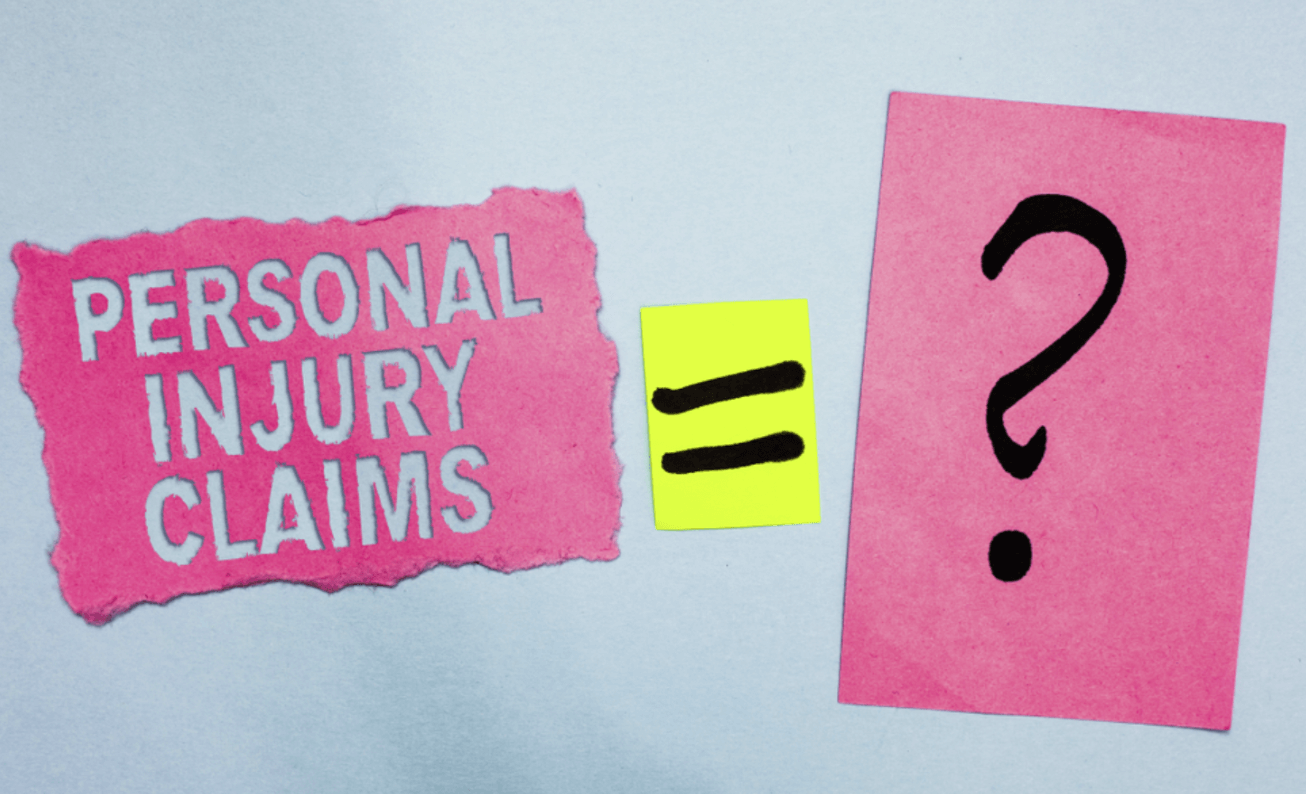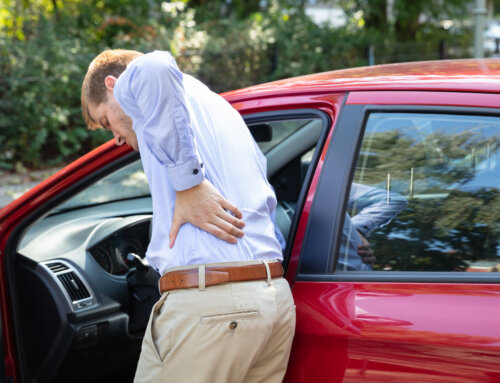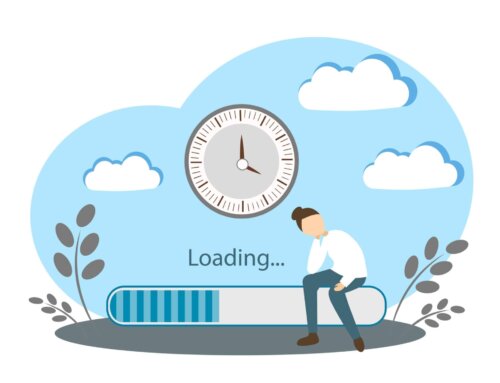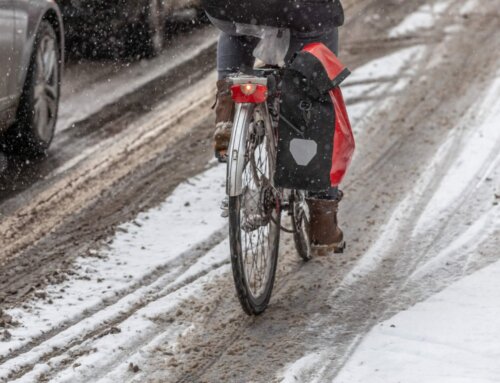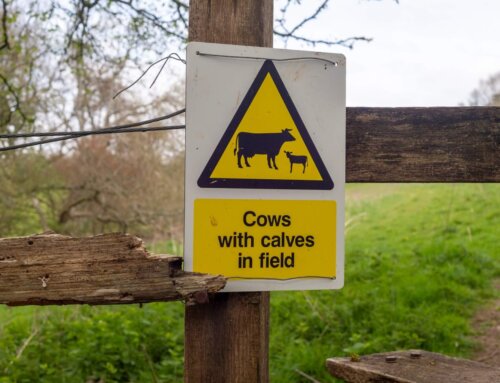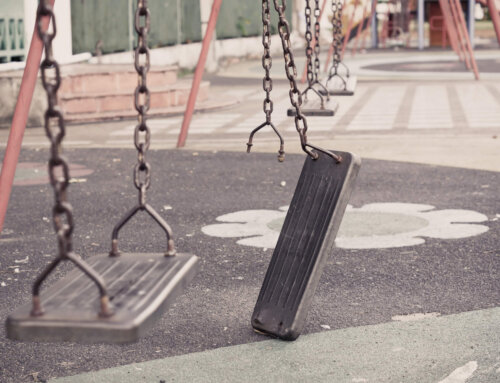We hear the terms ‘personal injury cases’ and ‘personal injury claims’ being bandied about all the time. However, what exactly do we mean by a ‘personal injury case’ or a ‘personal injury claim’?
What is a personal injury case?
At its most basic level, the definition of a personal injury case is:
- A legal dispute between someone who has suffered an injury to their body or mind, and the person who caused the injury, by their negligent action(s).
- It is a civil (as opposed to a criminal) type of case.
- When the injured person (the claimant) decides to pursue a claim for personal injury compensation against the negligent person (party), the ‘claim’ is presented in the form of a personal injury case.
- The claimant will often decide to ask a specialist personal injury solicitor, to do the necessary legal work to pursue the claim against the negligent party.
- Doing this may involve issuing court proceedings against the negligent party, to make sure the case progresses. By doing this the case may go to court, or more often than not, the dispute will settle by negotiation between the two parties.
Statistically what are the most common types of personal injury cases that people make?
Some years ago, as part of wider research into consideration being given to revising something called the Personal Injury Discount Rate, the government produced a report that included some interesting facts about the most common types of personal injury cases.
The report featured a table showing the numbers and types of cases that had been made each year over a three year period. Below, are the top three types of claim, in terms of the number of cases that were made for each between the years of 2009 and 2012.
1. Motor/Road Traffic Accident claims
The research revealed that the majority of personal injury cases are made as a result of road traffic accidents. In fact, the report’s findings concluded that as many as 80% of all personal injury compensation claims are brought as a consequence of collisions involving motor vehicles.
These include crashes that involve ‘vulnerable’ road users, as defined by the Highway Code. Cycling accident claims, motorcycle accident claims, pedestrian accident claims and passenger injury claims and horse riding accident claims, all fall to be included within the definition of RTA claims and all involve accidents where at least one of the party’s is a vulnerable road user.
2. Accidents in Public places
It might not be immediately obvious to everyone reading this article, what type of personal injury cases come under this heading.
The term ‘accidents in public places’ covers a number of accident scenarios of which the most well-known is probably that of the ‘Slip, Trip and Fall’ accident.
Many serious injuries are caused each year by pedestrians tripping over uneven flagstones on the high street pavement or slipping on wet surfaces in shopping malls i.e., accidents that happen in public places.
Between approximately 10% of all reported injury cases each year are for accidents in public places. Sometimes you’ll hear of these being referred to as Public Liability cases. The two terms are used interchangeably.
3. Accidents at Work/Employers liability cases/Workplace accident claims
Approximately 9% of personal injury cases every year, are made as a result of accidents at work.
The nature and severity of injuries sustained in accident at work cases, cover a very wide range, including:
- Back injuries suffered as a result of employees slipping over on a wet factory floor or tripping over cables left strewn across the office floor.
- Limbs that require amputation after they become entangled in faulty machinery.
- Fatal accidents e.g., when an employee falls from height, in a scaffolding accident on a construction site.
Employers owe their workers a duty of care to prevent from coming to harm whilst they are at work. Accident at work claims are frequently made by workers who get injured because their employers have breached the duty of care that they owe their employees.
Are medical negligence and industrial disease claims, types of personal injury cases?
NHS Resolution (NSHR) is the body responsible for resolving medical negligence cases brought against the NHS. In its’ annual reports of 2019/2020, NHSR revealed there were 11,682 new clinical negligence claims made against the NHS during that year.
Medical negligence claims aren’t classed as personal injury cases. The consequences of an act of medical negligence, where a patient receives substandard care from a medical professional, may well be that the patient suffers a personal injury that they didn’t have before the act of negligence took place.
On other occasions though, the act of clinical negligence may be the cause of a patient going on to suffer from a condition that could have been prevented at an early stage, but for the act of negligence e.g., as in a case of a missed early diagnosis of cancer.
Clinical negligence is usually considered to be a separate, specialised area of law in its own right.
Industrial disease claims are sometimes talked about in the same breath as personal injury cases. However, industrial diseases are illnesses, diseases or conditions, such as:
- asbestos disease,
- chronic asthma,
- allergic skin conditions,
- industrial deafness,
that have been caused by employees being subjected to unsafe workplace practices which include being exposed to toxic substances such as asbestos or harmful chemicals.
Industrial disease compensation claims including asbestos claims are not personal injury claims, but form a separate area of law, in their own right.
Does it matter what is classed as a personal injury case and what is a medical negligence or industrial disease case?
To someone who has had the misfortune to be injured in a road traffic accident, who has been the victim of medical malpractice or who has got asbestosis, the classification of whether theirs is a personal injury case or not, makes no difference to all purposes, except one important one.
To have the best chance of making a successful personal injury claim, a medical negligence claim or an industrial disease claim it is important, that you ask a specialist solicitor to act for you – that is, to take on the claim for you.
If you have been injured in an accident at work, seek out an experienced personal injury solicitor. The same would apply if you were injured in a road traffic accident or, say, a slip, trip or fall accident on the pavement.
The mistake that some people make is to think that all personal injury solicitors are also competent industrial disease lawyers or expert medical negligence solicitors. That isn’t necessarily so (and vice versa).
If you need to make an industrial disease claim seek out the services of an expert industrial disease solicitor.
If you want to start a claim for medical negligence, find an expert medical negligence lawyer.
At Mooneerams solicitors we are experts in personal injury cases. We pursue personal injury compensation claims for our clients with the vigour, professionalism and skill that you would expect of a specialist firm of personal injury solicitors.
We don’t profess to be experts in medical negligence or industrial disease matters.
However, we have partnered with both a highly skilled medical negligence lawyer as well as an industrial disease solicitor who has specialised in asbestos disease claims for over 23 years.
By doing this we have made sure that any of our clients who are unfortunate enough to need legal advice from a solicitor experienced in either of these complex areas of law, need look no further than Mooneerams.
Whether it’s a personal injury claim that you are looking to make, or a medical negligence or industrial disease solicitor that you need, the number to call is Mooneerams solicitors on 029 2048 3615.
You can also send us your contact details by filling in the box on the right hand side of this page OR by going to our Contact Us page.

